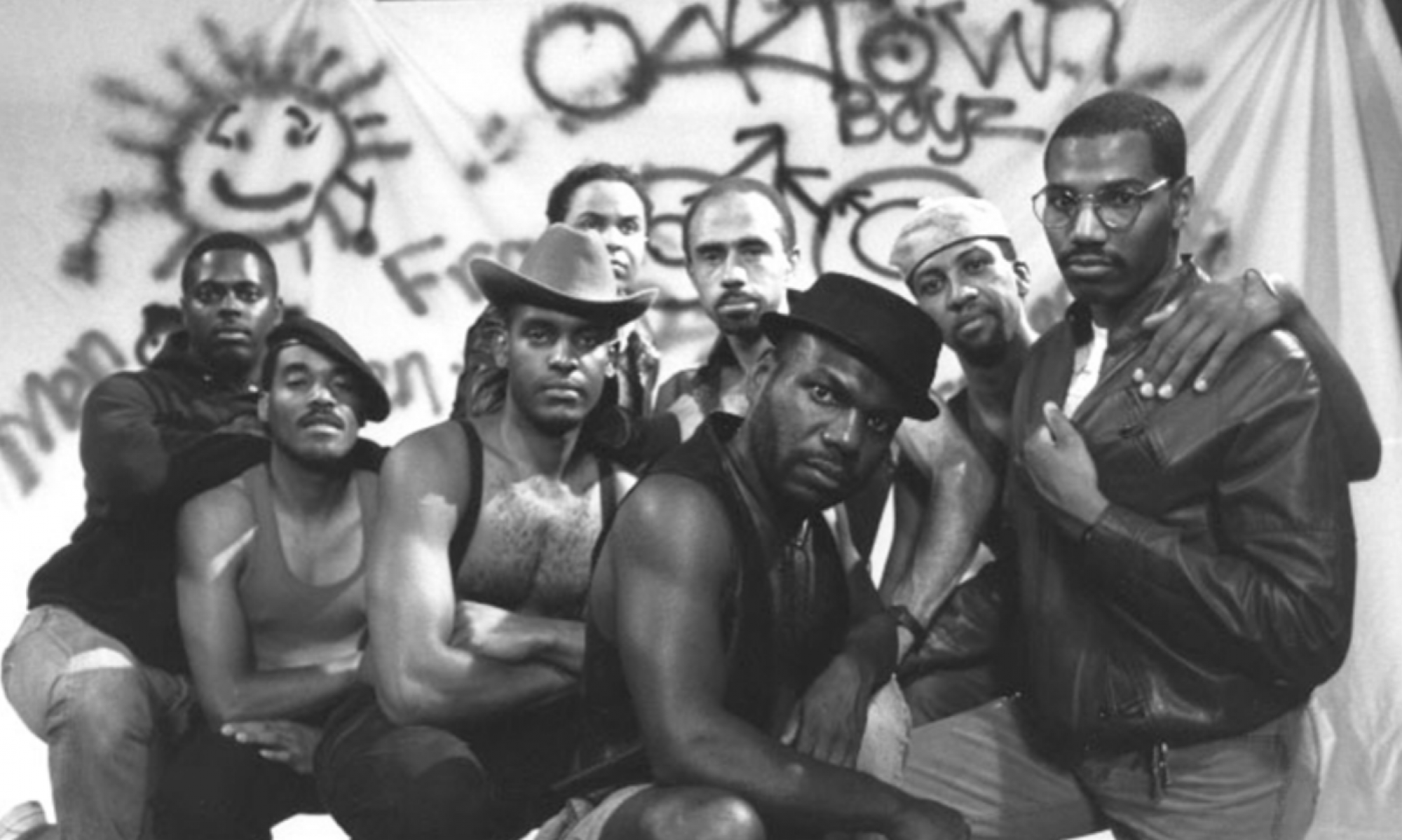From this week’s readings, I am especially interested in Wojcik’s “We Like Our Apartment: The Playboy Indoors” and how it can be placed in conversation with Ouellette’s “Inventing the Cosmo Girl” and Spigel’s “Television and the Family Circle” (from last week). What I found most interesting about Wojcik’s text is the idea that identity can be bound to physical space/location. More specifically, Wojcik points out that in the case of the bachelor pad, the bachelor pad produces the bachelor as playboy while the figure of the playboy in turn produces the space of the bachelor pad. Wojcik’s text maps a geography of masculinity onto the space of the “bachelor pad” apartment. The multi-textured floorings and walls, earth tones, brown wood, shag rugs, bars, and furniture choices form an identifiable aesthetic that both confirms to the bachelor-as-playboy and communicates to others his seduction, heterosexuality, and masculinity.
The bachelor pad serves as a “space or stage for display: the smooth performance of bachelorhood enacted via activities such as hosting and decorating and via external codes of design and costume (Wojcik 109).” Bachelorhood necessitates constant performance that is materialized through the interior landscape of the bachelor pad. Wojcik underscores that the dependent relationship between the bachelor identity and the physical space of the bachelor pad suggests that the masculinity and heterosexuality of the bachelor identity must be constantly reinforced and therefore neither essential nor stable. Following this frame of logic, I understand the formation of the bachelor-as-playboy identity through the curating of the bachelor pad as an extension of Judith Butler’s idea of gender “performativity.” Butler understands the constitution of one’s gender as a process of continual performance of artificial social conventions; in short, gender is a social construction and the bachelor pad is a material manifestation of heterosexuality and masculinity that is not necessarily intrinsic to the bachelor-as-playboy.
As a provisional thought, I am interested in looking at Wojcik’s figure of the bachelor in contrast to Ouellette’s analysis of the figure of the Cosmo Girl. While the bachelor/playboy projects himself into a physical space that he curates, the Cosmo Girl is contained within herself through means of self-improvement. Though women in generally are more closely associated with the domestic space, the Cosmo Girl’s identity as a single, working-class woman means that she is not afforded the same domination or control over a physical space onto which to project her desires and sexuality.
I also wanted to touch on the way in which Playboy magazine locates masculinity and heterosexuality in the urban, indoor space of the bachelor pad apartment. Rather than emphasizing the mastery of the outdoors or the taming of the wilderness/unknown (through activities such as camping, backpacking, “roughing it”), the bachelor-as-playboy’s masculinity is sourced from his power and control over the domestic space of the home. The way the furniture is arranged dictates where different activities/types of socialization will occur while the decorations of the bachelor pad assert into the space the bachelor’s masculine subjectivity and influence. One of the most important features of the bachelor pad seems to be the various technologies such as the hi-f- speaker sets, large televisions, and remote controls that can dim lights, control the TV, close drapes, turn off the phone, etc. These forms of domination and control are not dissimilar from the mastery of the outdoors, only that they are now exercised through the usage of technology instead. This specific type of “technologized domination and control” might then be connected to the modern-day technologies of voice command and digital assistants such as Apple’s Siri, Amazon’s Alexa, and Google’s Google Home’s default female voices. I also found it interesting how in contrast to the role of technology and the bachelor-as-playboy, in the “Television and the Family Circle” Spigel suggests that the presence of the television set in American homes threatened the masculinity and patriarchal authority of the father. Technology reveals a contradiction; it at once disrupts traditional family ideals through the emasculation of the father figure while also extending the masculine power and control of the single bachelor.
